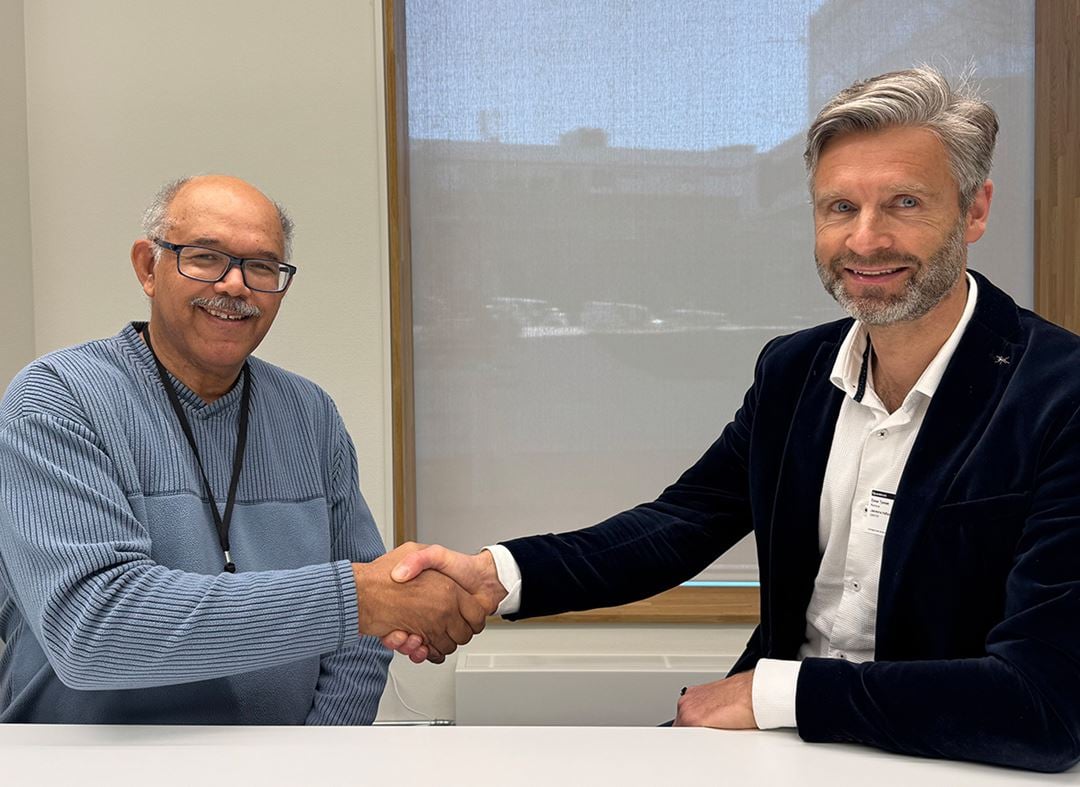Since 2022, Removr has been collaborating with SINTEF to develop a sustainable and cost-effective large-scale DAC technology. Removr is now taking an important step towards realizing large-scale solutions for capturing CO2 from the air by building a small scale pilot plant.
In the process, CO2 is captured by zeolites, a porous material (sorbent) that absorbes CO2 molecules into its pores. The material is suitable for industrial use; it is produced on a large scale today, is non-toxic, and has a long lifespan.
– We are very pleased to work with SINTEF on this groundbreaking project. SINTEF is a world-leading competence center in carbon capture, and we believe that this pilot project will be a crucial step towards a commercial large-scale solution for carbon capture, says Einar Tyssen, head of Removr.
SINTEF has been working with zeolites in the oil and gas industry since the 1990s. In this work, SINTEF has established advanced simulation tools that will now be validated for the use of zeolites for carbon capture from air and from exhaust gases with up to 1% CO2 content. The latter includes the electrolysis process in the aluminum industry, which currently does not have an effective carbon capture solution.

The pilot Genesis
At SINTEF's facilities in Oslo, researchers from SINTEF and engineers from Removr will qualify the final parts of the technology, and provide important knowledge about materials, energy consumption, and dimensioning. The pilot project is named Genesis, has a total cost of 56 million NOK, and is expected to be ready for the first demonstration in the fall of 2025.
– It is exciting to collaborate closely with Removr to develop cutting-edge technology solutions for direct CO2 removal. The project exemplifies how SINTEF can contribute during the critical piloting phase to ensure that Norwegian technology is adopted more swiftly, says Duncan Akporiaye, research director at SINTEF Industry.
– To reach the 1.5-degree goal, we need to remove much more CO2 from the atmosphere than we emit. With today's technology, DAC is an expensive and energy-intensive method for removing CO2 from the air. Therefore, the technology must be developed and made cheaper so that it can be used on a larger scale. DAC technology can be used to capture CO2 both from industrial gases with low concentrations and directly from the air around us. That is why Enova supports this pilot project, says Karianne Stræte Resell, senior advisor at Enova.
International expansion
Removr will expand the technology internationally and has been invited as a partner in one of the major DAC hubs in the USA. There, the company plans to establish a facility capable of capturing approximately 50,000 tons of CO2 directly from the air annually. Removr is also actively engaged in projects in Canada, Iceland, and Norway.



